Description
| Species | Artomyces pyxidatus |
| Difficulty ℹ️ | 🍄🍄🍄🍄 |
| Spore Coloration | White |
| Ecology | Saprotrophic |
| Edibility | Edible |
Artomyces pyxidatus is a coral fungus that is commonly called crown coral or crown-tipped coral fungus. Its most characteristic feature is the crown-like shape of the tips of its branches. The epithet pyxidatus means “box-like”—a reference to this shape.
Artomyces pyxidatus can be observed throughout Northern Canada during the growing season. In Britain, it was recorded in 2011, almost 116 years after its previous reliable report, a collection made by mycologist Carleton Reale on 20 October 1886. Two subsequent records have been provided in Britain since 2011; one by Yvonne Davidson in Kent in 2018, and one by Cameron Ambler in East Sussex in 2021. It is widespread but uncommon in Western Europe. They are also widely found in the pine forest of northeastern India, known as the “eight sisters of India.”[citation needed]
The fungus produces its hard, coral-like fruiting bodies on decaying wood. The colour ranges from cream to semi-tan. The branches rise in ringlike arrangements resembling a crown. Basidia and basidiospores are produced on the surfaces of the branches.
These fungi are considered edible when raw, but are better cooked.
Some images on this page are sourced from iNaturalist under CC-BY-SA3.0, taken by Fluff Berger, Nova Patch, mycowalt, Owen VanAntwerpen, or others.
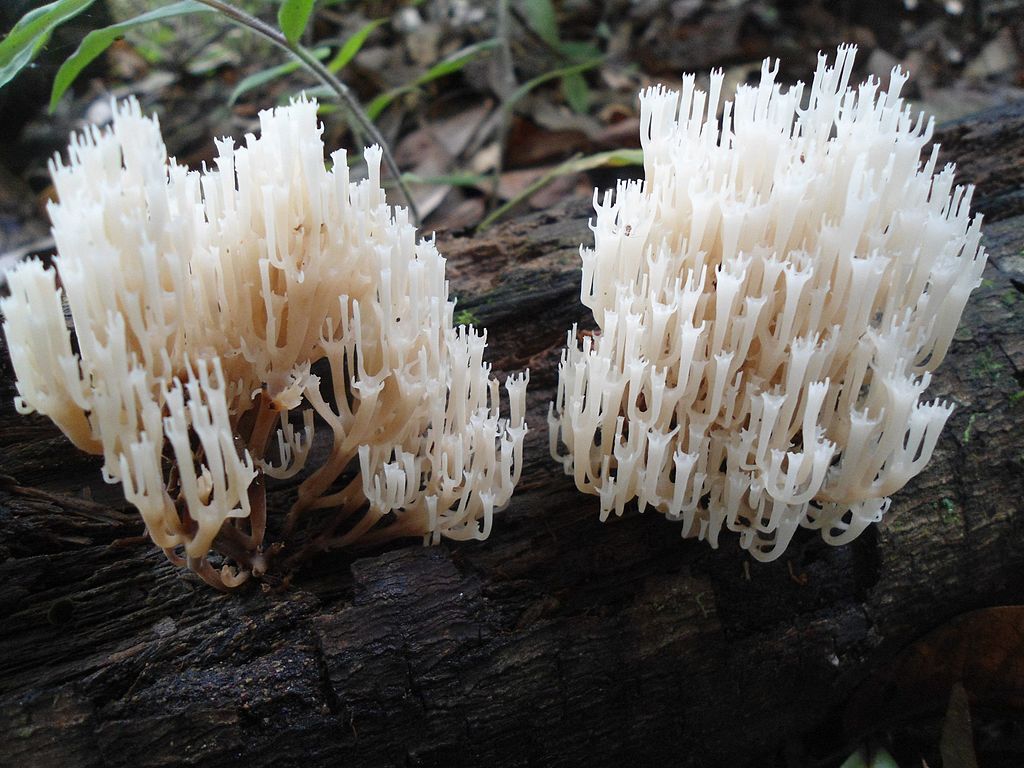
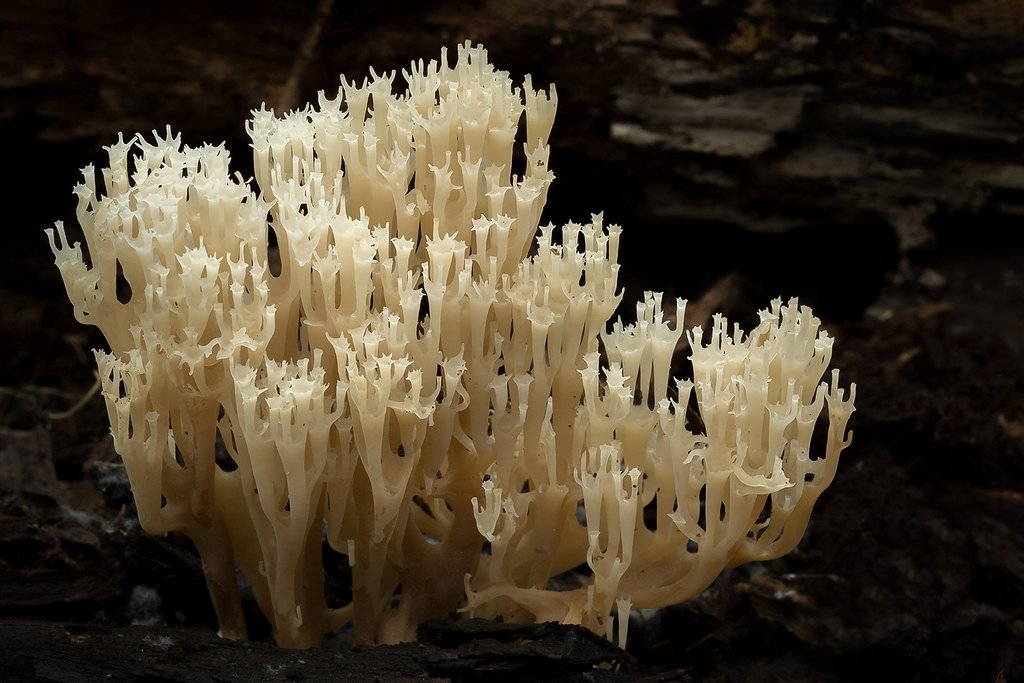
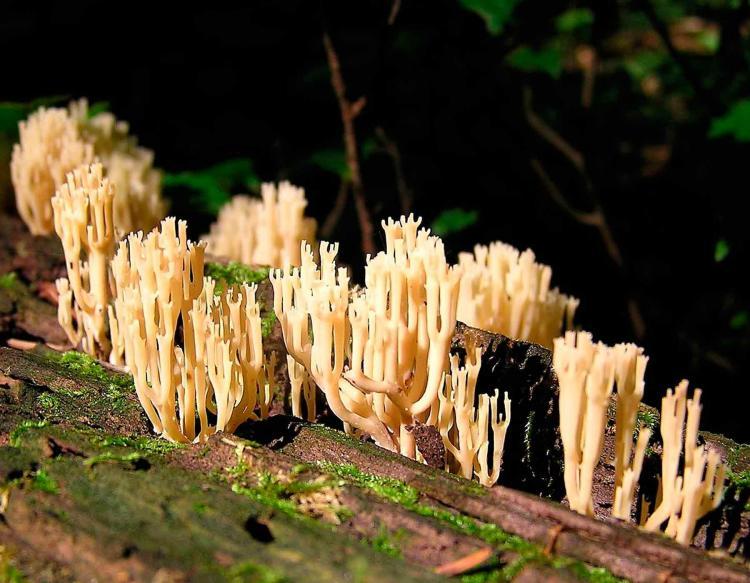
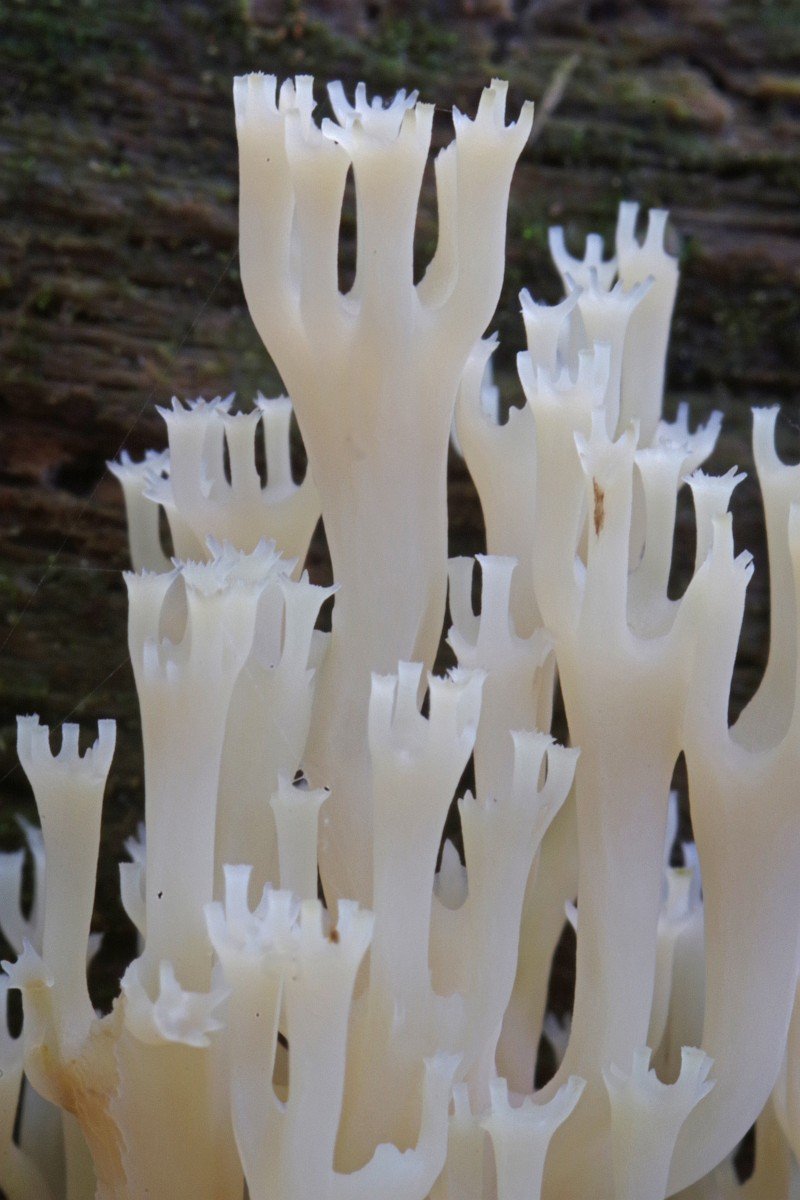
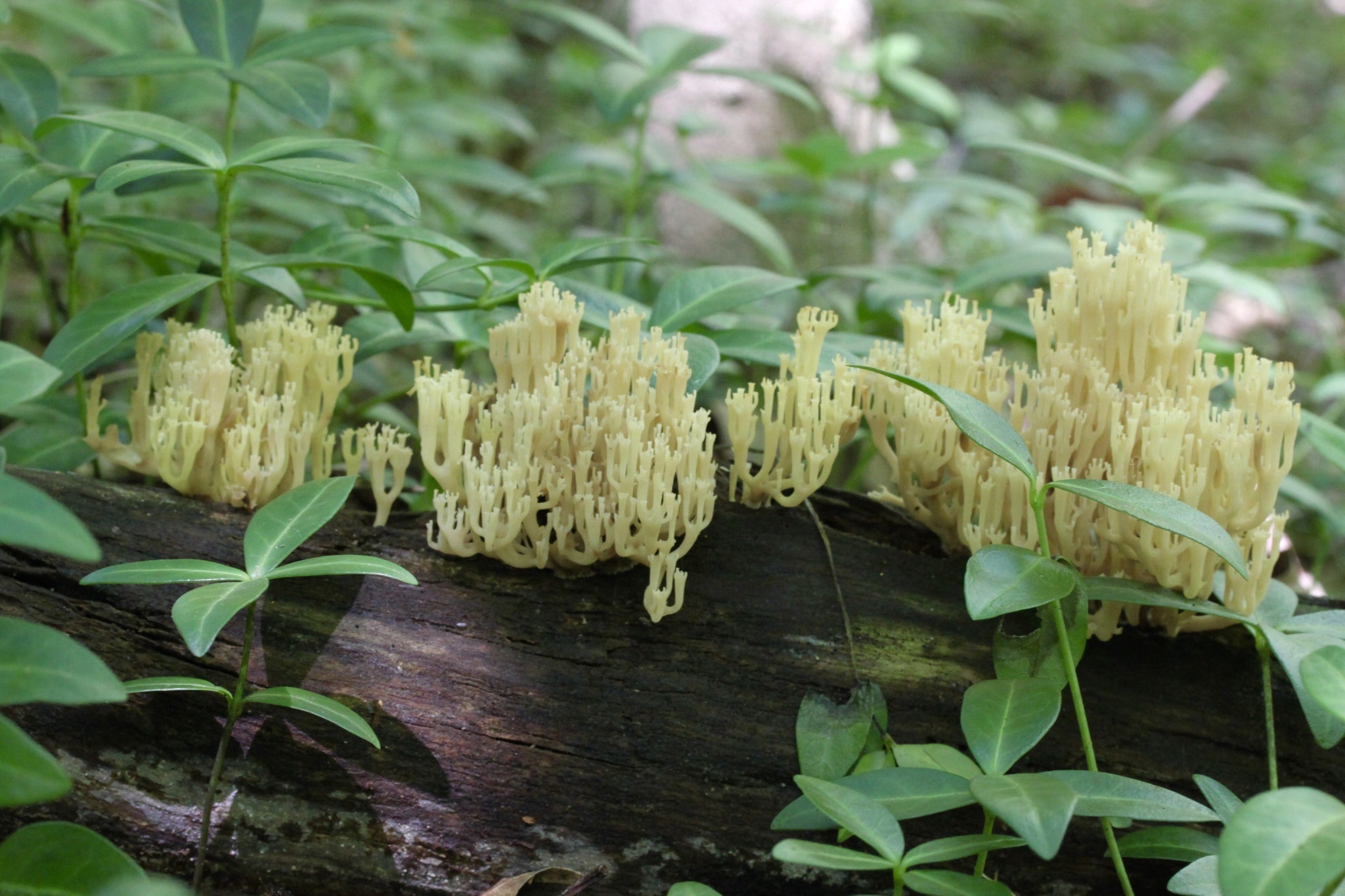
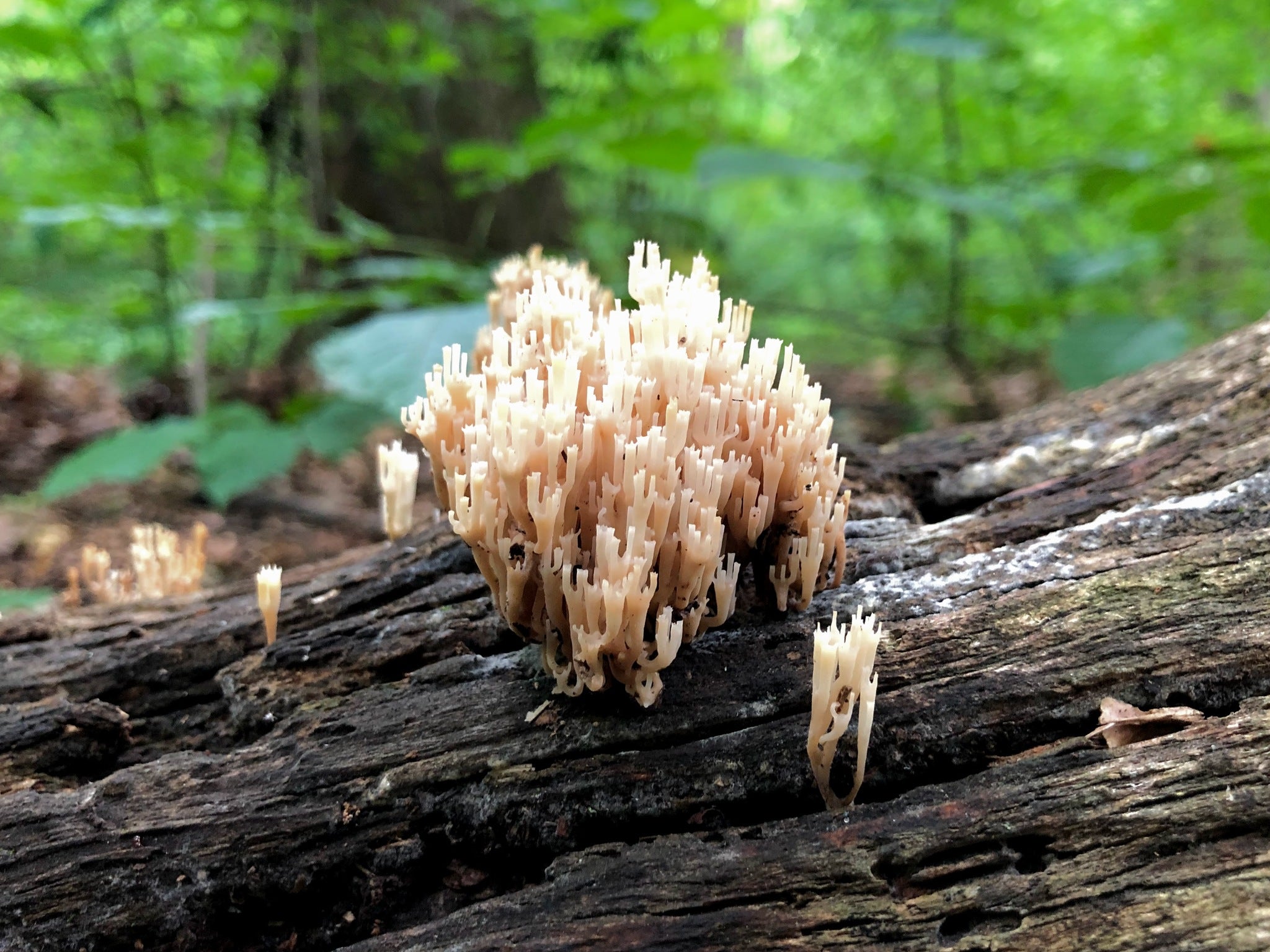
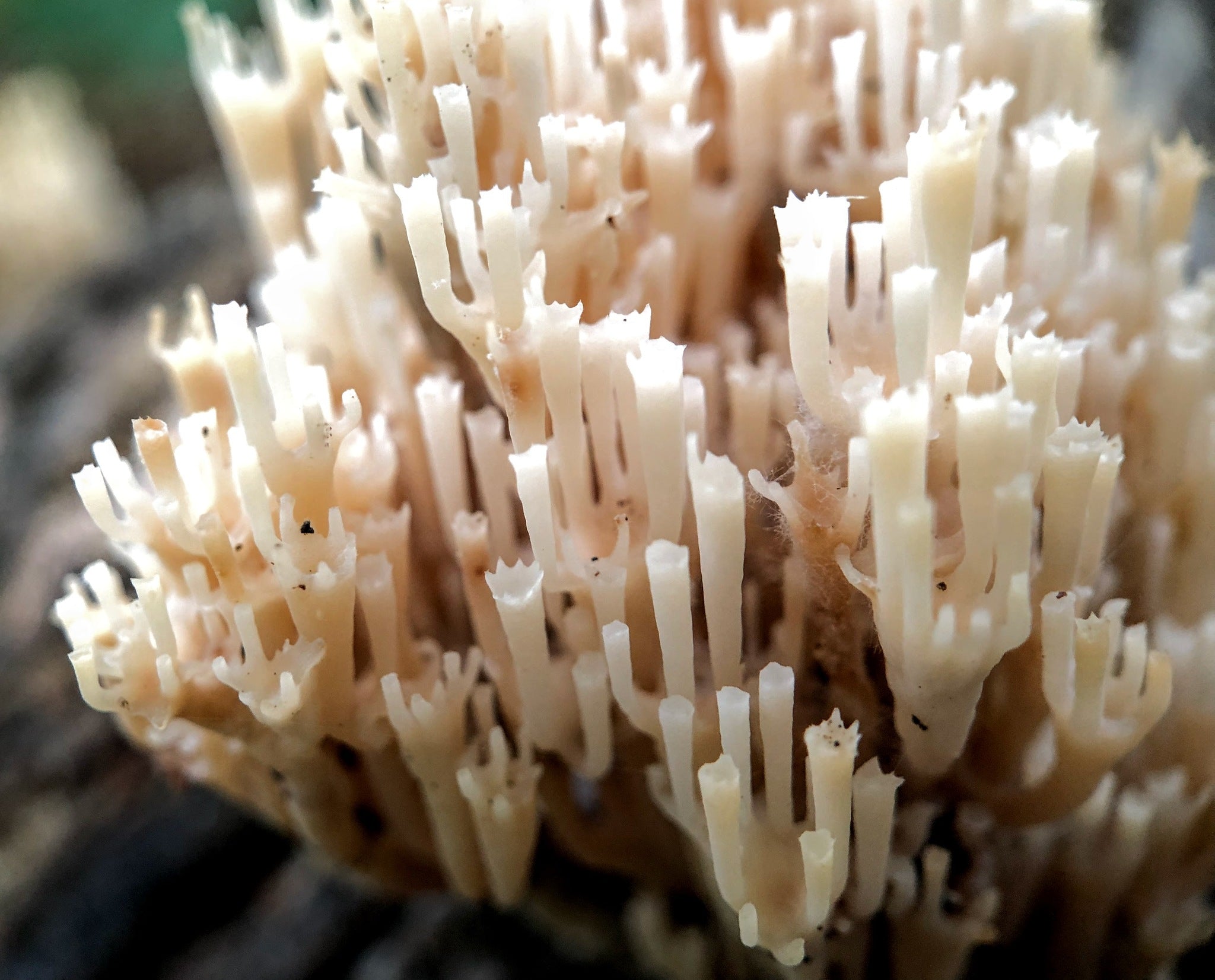
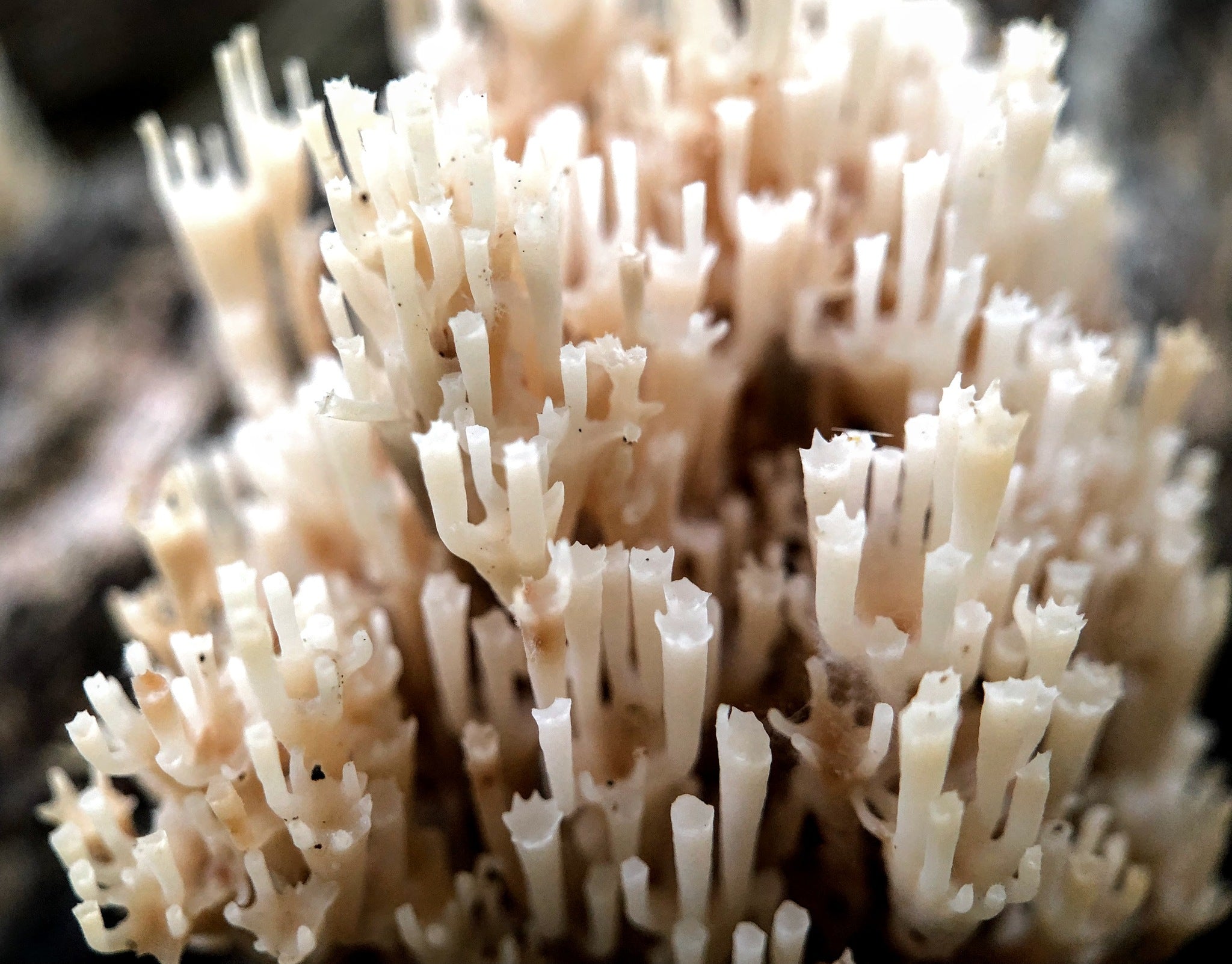
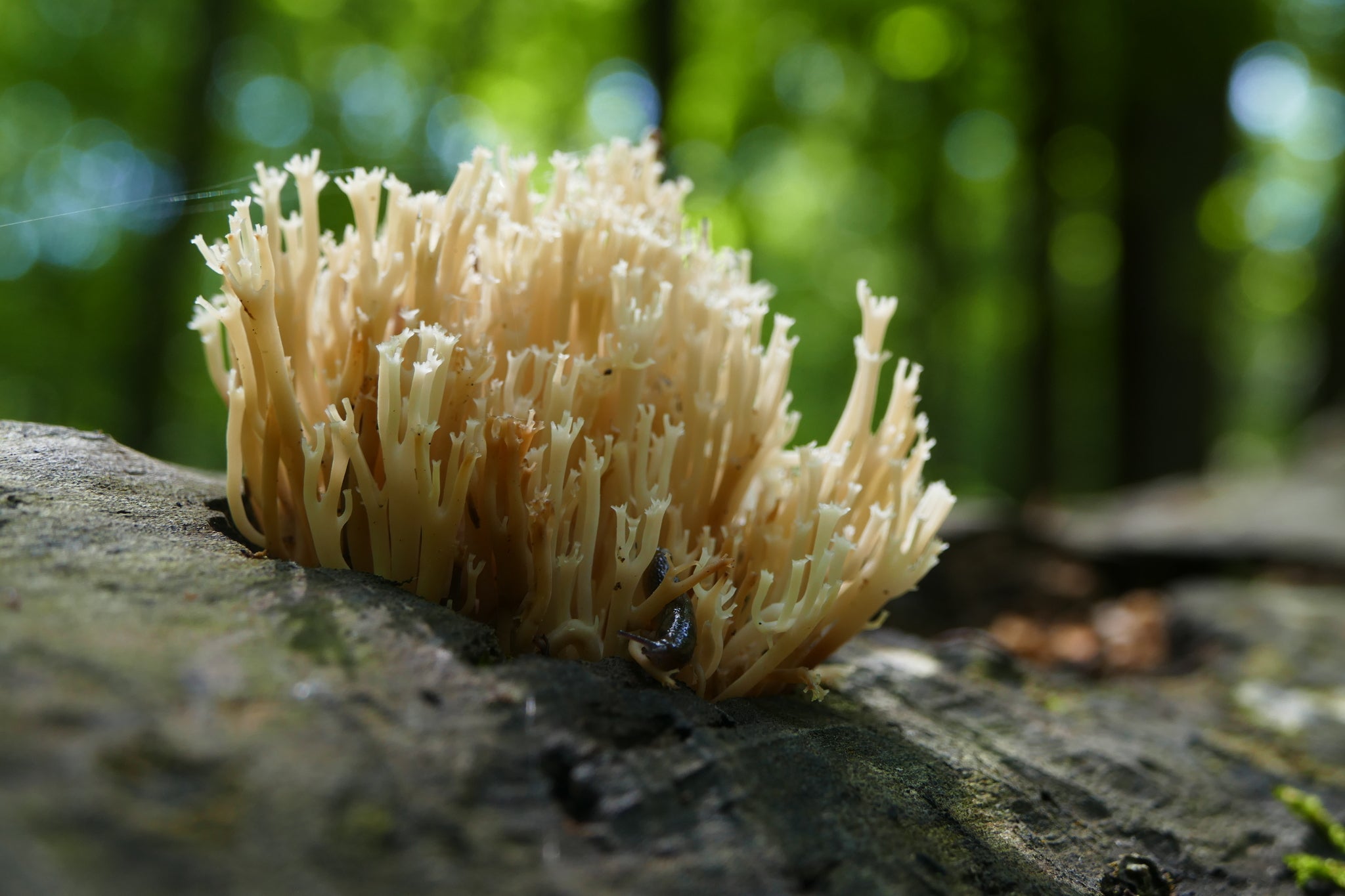
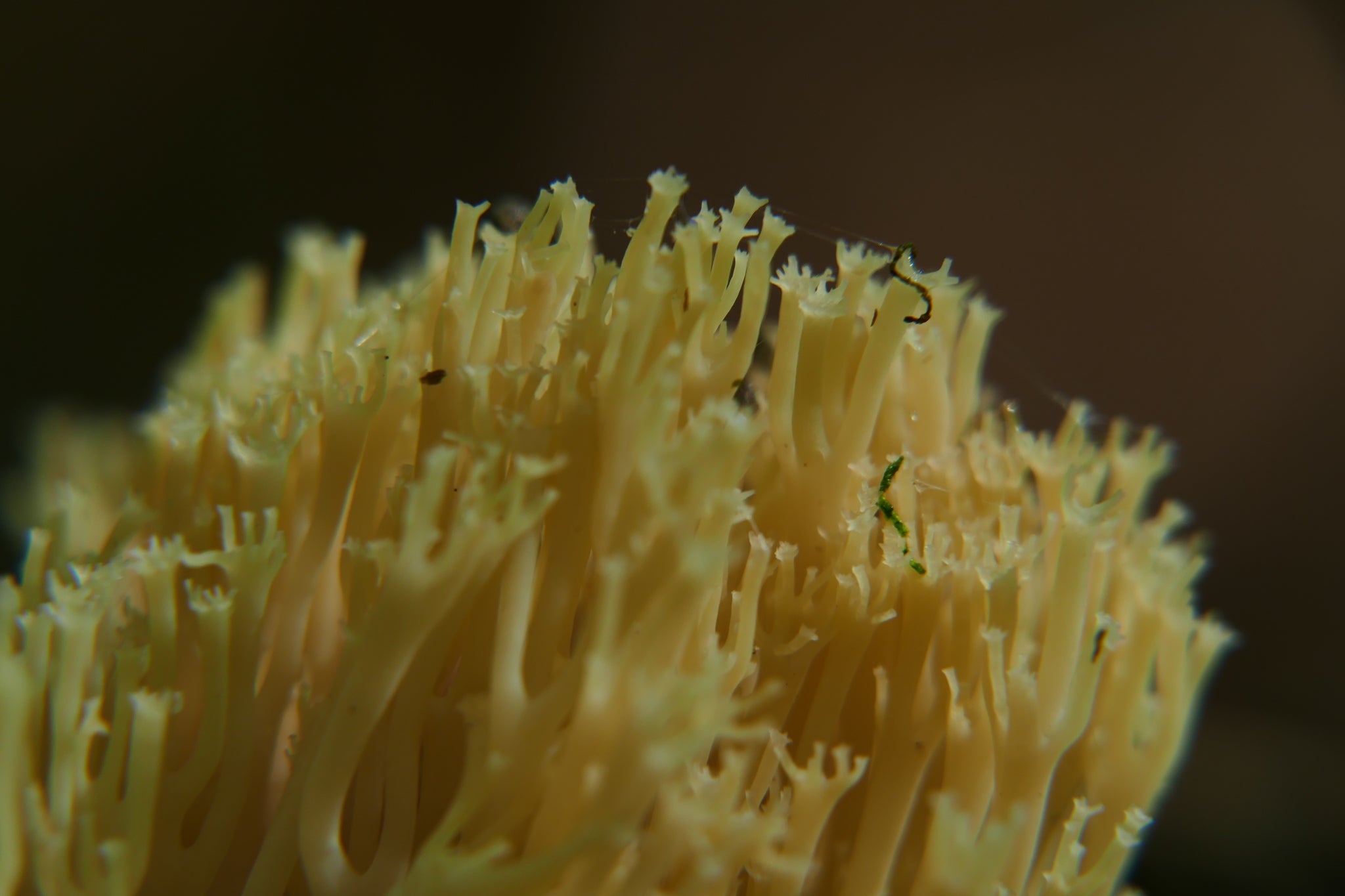
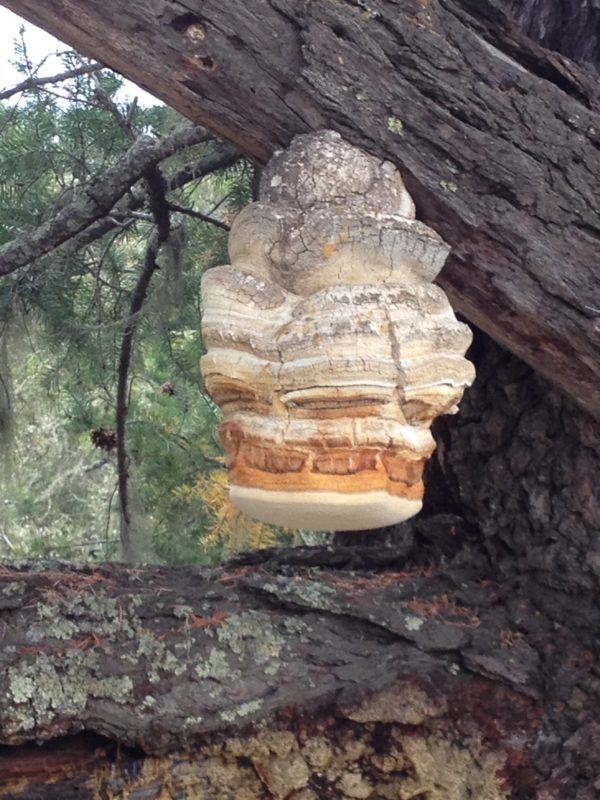
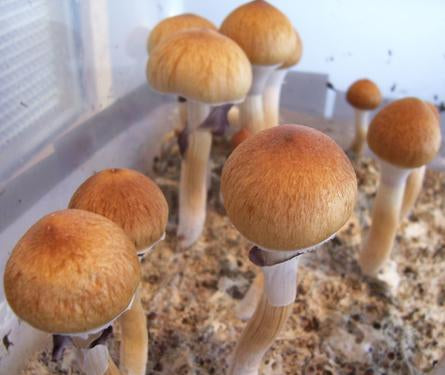
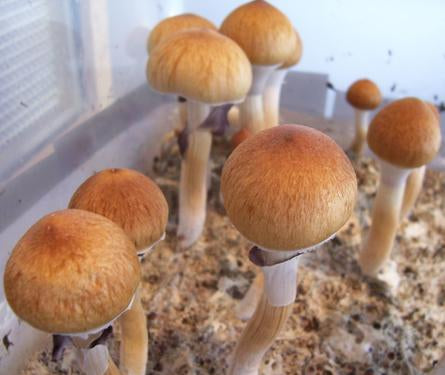

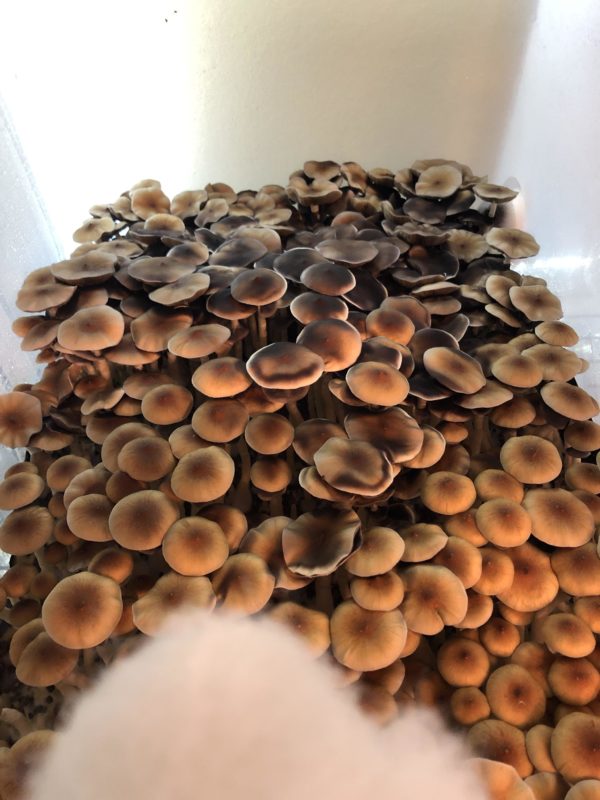
Reviews
There are no reviews yet.